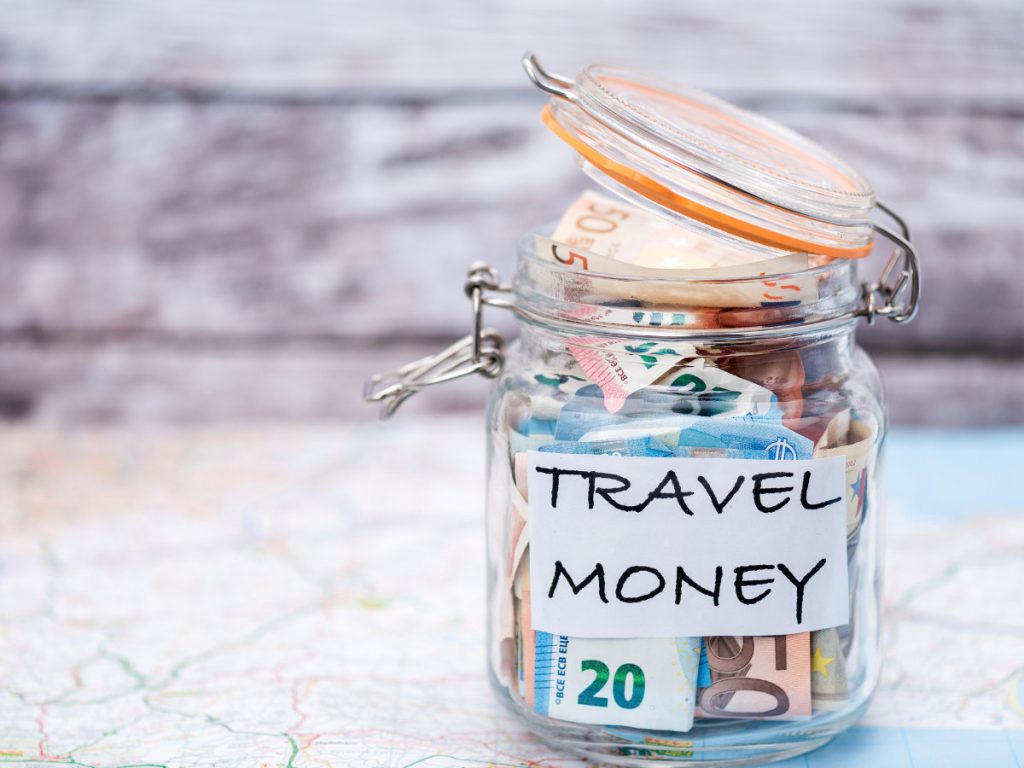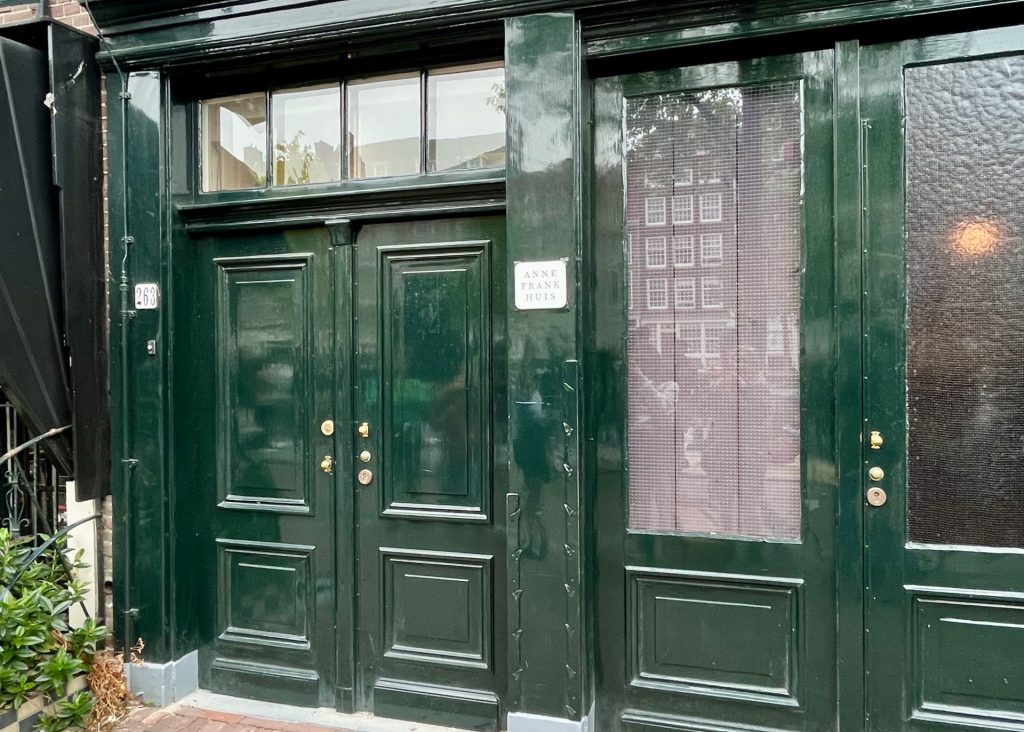Are you excited about your next trip, but confused about how to plan an itinerary? You’re not alone, planning the itinerary is challenging! In this post, we’ll break it into easy to follow steps and dive into the best way to organize a travel itinerary, how to write one from scratch, and even explore tools and templates that will make the process fun and easier!
If you are wondering how to write a travel itinerary, it all depends on your preferences and the kind of trip you want. Some people prefer to be spontaneous, some like things scheduled by the hour, and many people prefer something in-between. Local and slow travel can often have looser plans than once-in-a-lifetime dream vacations.
At Trip Scholars we focus on learning through travel so these steps will also highlight how you can learn more about your destination (and yourself!) through planning your itinerary.
Ready to make your travel itinerary? Let’s get started!
This post may contain affiliate links which means Trip Scholars may make a small commission (at no extra cost to you) if you make a purchase. As an Amazon Associate I earn from qualifying purchases. Read more here. Thanks for your support!
Step 1: Decide On Your Destination
Deciding on your destination is an exciting, but sometimes daunting, first step. It can be helpful to keep a running list of places you want to visit. As you plan each new trip, look at your list while considering how long you will be traveling. Also think about when you will travel. Weather has a big impact on travel plans and seasons play a major role in costs and crowds.
Step 2: Define Your Travel Goals
The most important step when deciding how to plan an itinerary is to clearly define your travel goals and reflect on what you hope to get from the trip. Ask yourself some key questions:
- What do you want to see and do on your trip?
- Why do you want to take this trip? Are you seeking relaxation, adventure, cultural immersion, connection with your family or friends, self exploration, or a mix of these?
- Who will you be traveling with? What are their hopes and needs?
- Do you have physical and mental health concerns to consider in relation to the trip?
- How will your values impact your travel choices?
By being self-reflective and having a clear understanding of what you hope to experience, you can tailor your itinerary to your specific needs and preferences.
Step 3 : Create a Travel Budget
The next step in creating your itinerary is to create a travel budget. At this early stage, decide how much you have available to spend on your trip.
Grab our free budget planner or make a document with the different categories of trip expenses: transportation, lodging, food & drinks, activities, gear, education, etc. The biggest travel expenses are usually transportation and lodging so look at these first. Fill in estimates for each category as you research and the other steps in this guide.
To stay within budget, you will need to trim expenses in one category in order to splurge in another.
Track your actual expenses while traveling and make adjustments as needed. When you return from your trip, take time to compare your expected with your actual expenses. This will help you make adjustments for your future travel budgets.
There is enormous variability in the costs of travel depending on location and travel styles. If your travel budget is especially frustrating, consider changing your destination, length of your trip, or your travel style.
Grab our free Travel Budget Planner here!

Step 4: Research Your Destination
Thorough research is the foundation of a successful itinerary. Start by gathering information about your destination, including:
- Attractions and landmarks
- Local nature, culture, and history
- Weather conditions during your travel dates
- Recommended accommodations, restaurants, and transportation options
Trip Scholars offers many resources to help you learn more about the nature, history, and culture of your travel destinations. Get your free guide with activities you can start enjoying today here. Your richer understanding of the destination will help you find the perfect activities and get the most out of them in person while traveling.
You can also use guidebooks, travel websites, blogs, and more to gather insights and recommendations.

Step 5: Book Your Transportation
If you are flying, you can generally find the best prices 1-3 months ahead for domestic flights and 2-8 months ahead for international flights. If you have very specific travel dates or you are traveling during peak times, get your tickets earlier.
Use flight search tools like Google Flights or Skyscanner to compare your options. Consider setting up an alert so you are notified when prices drop. When you find the flight you want, book it directly with the airline so that if there are delays, cancellations, or other disruptions, you can communicate directly with the airline.
Step 6: Reserve Your Accommodations
Select and book accommodations that suit your budget and preferences. Consider the proximity to your top sites and public transportation.
Step 5: Create a List of Activities
Start a brainstorming list where you can add sites, activities, performances, events, festivals, restaurants, lodging options, interesting transportation ideas and more. If you are traveling with friends or family, invite them to add their ideas too. Include the hyperlinks so people can learn more about each potential itinerary activity.
Once you have a list of all the things you might want to do, the best way to organize a travel itinerary is to prioritize the experiences that matter most to you and your travel companions. Identify your must-see activities and let everything else be a bonus if you have time. Research hours, prices, closures, and discounted or free options for the places you want to visit. Attraction websites and travel forums can often provide useful tips.
FOMO is real, and it can help to assume you will return someday. Keep in mind that overloading your schedule can lead to exhaustion, so strike a balance.

Step 6: Plan an Itinerary for Your Trip
With your goals and research in mind, it’s time to create your itinerary. Decide on the number of days you’ll spend at each destination and allocate time for key activities and attractions.
Once you have your top picks and know when sites are open, you are ready to plan each day of your trip. First add any events that can only happen on a specific day such as performances or difficult to get reservations. Then group activities in similar areas together.
Some people prefer to assign specific time slots to activities while others prefer to loosely plan around a couple of key activities each day. Try different options until you find your own travel style.
Transportation between activities often takes longer than expected so you can use maps, navigation apps, and public transportation options to get accurate times. Don’t forget to add meals, grocery shopping, laundry, and relaxation to your plan.
There are many formats to choose from to create your actual itinerary. Whether using paper and pen, spreadsheets, maps, or apps, there is an option for everyone. Keep reading to see many tools to choose from below in this article.
Step 7: Make Your Reservations and Purchase Tickets
Gone are the days of seeing popular destinations without a reservation. Reservations are now required at many of the world’s most visited national parks, museums, campgrounds, and sites. To avoid disappointment, even those who love spontaneity now book these in advance.
Occasionally, these may sell out months in advance and within minutes of going on sale. In this case, take this step much earlier in your itinerary planning.
If you are visiting a major city, consider getting a pass that includes admission to major sites and local transportation. These often allow you to skip long lines at attractions, although you may still need to secure reservations for the most sought after sites.
This is also a good time to get reservations at popular restaurants you want to visit.

Step 8: Expect the Unexpected and Plan Downtime
While it’s helpful to have a structured itinerary, don’t forget to leave room for disruptions and spontaneity. Unpleasant disruptions are often more bearable when we realize that, to some extent, they are an inevitable part of life and travel. And serendipitous discoveries and unexpected experiences can often be the most memorable part of your trip!
Respecting the physical and mental health of everyone we are traveling with (including ourselves!) is key to making the best use of our itinerary. If people are hungry, overwhelmed, or exhausted, let go of the itinerary and adjust the plans.
And, as tempting as it is to see every site, build in downtime as you plan an itinerary. You’ll be able to reflect on and appreciate your journey as well as rest and rejuvenate yourself in the midst of your adventures.
Step 9: Enjoy Your Well Planned Trip!
Now it’s time to enjoy the trip that you have so thoughtfully planned! Use the digital or physical tools below to make the most of your itinerary while you travel.
Example of a Travel Itinerary
For a clearer understanding, let’s take a peek at an example of a travel itinerary:

Plan an Itinerary: The Best Tools
Many travelers use a combination of tools to make the most of their trips. I use a combination of Google Maps, a spreadsheet for the details, and TripIt to hold and organize all of my reservations and tickets.
In this digital age, creating a travel itinerary is easier than ever. Here are some valuable tools and templates that will keep important information well-organized and easily accessible during your trip.
Free Travel Itinerary Apps
If you prefer a mobile solution, there are several free travel itinerary apps available for download. Apps like TripIt, TripCase, and Roadtrippers, are designed to streamline your travel planning and many offer real-time updates on flight changes and delays.
Creating a Travel Itinerary Map
Consider creating a visual map of your itinerary using Google Maps. If you are planning a road trip, here is a great guide. It’s a great way to see the locations of your planned activities.
Create a Travel Itinerary Template
If you’re a frequent traveler, creating your own template is a smart move. You can tailor it to your specific needs, ensuring that your future trips are organized seamlessly.

Planning a perfect itinerary is a balance of careful planning and the flexibility to adapt to the unexpected. By following these steps, you can craft a well-thought-out travel plan that maximizes your experience, minimizes stress, and ensures that you make the most of your precious time exploring new destinations. Remember that the perfect itinerary is the one that aligns with your travel goals and allows you to savor every moment of your adventure.
What steps would you like more support with? Tell us in the comments and so we can get you the answers. Happy travels!
Like it? Pin it!



This is very helpful. Especially the budget part. So important. Thanks for sharing.
Thanks Amy, I’m so glad it was helpful!
I agree on these tips! Though, I usually define my travel goals first and then decide which country/destination suits that well.
Nice Gladis, thanks for sharing that!